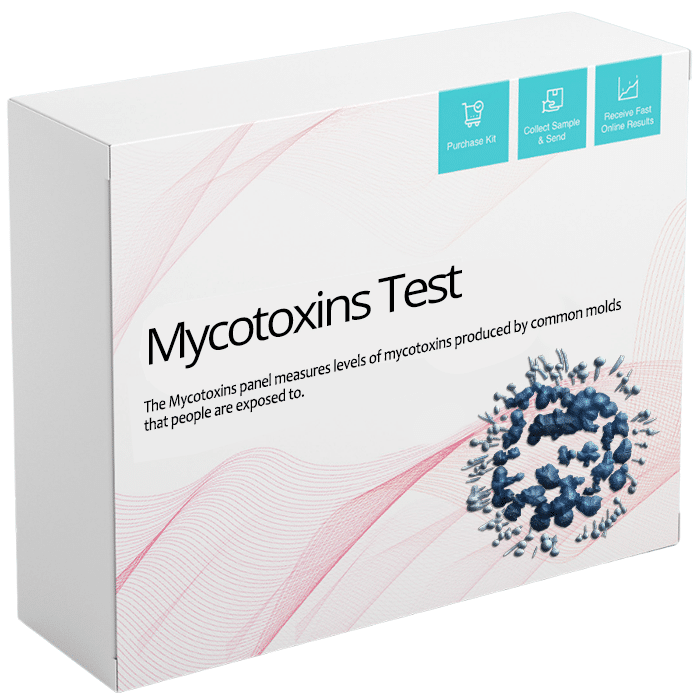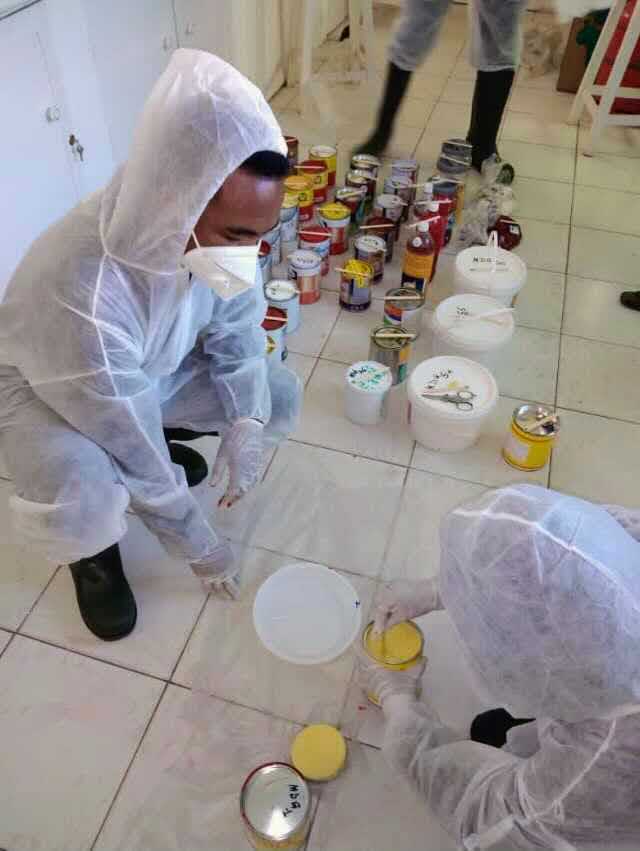Enhance Your Safety Methods with Professional Mycotoxin testing Services
Enhance Your Safety Methods with Professional Mycotoxin testing Services
Blog Article
Ensuring Conformity With Regulations: the Role of Mycotoxin Examining in Quality Assurance
Ensuring conformity with strict regulations is paramount for maintaining food safety and security, and the function of mycotoxin screening in quality control can not be overemphasized. Mycotoxins, poisonous substances produced by certain molds, pose significant wellness dangers, making their detection important in food production.
Understanding Mycotoxins
Comprehending mycotoxins is fundamental to guaranteeing the quality and safety and security of farming items. Mycotoxins are toxic secondary metabolites produced by certain varieties of fungis, generally located in foods such as grains, nuts, and flavors. These substances can occur at different stages of the food production process, from pre-harvest to storage space, and present significant health and wellness dangers to both pets and humans (Mycotoxin testing Services). One of the most well-known mycotoxins consist of aflatoxins, trichothecenes, fumonisins, and ochratoxins, each connected with particular environmental problems and fungal species.
The existence of mycotoxins in food products can lead to severe and persistent wellness problems, consisting of liver damage, immune suppression, and carcinogenic impacts. By understanding the resources, types, and impacts of mycotoxins, stakeholders in the agricultural field can much better implement preventative procedures and mitigate dangers, guaranteeing safer consumption for end-users.
Regulative Standards for Mycotoxins
Having actually established a fundamental understanding of mycotoxins and their influence on food safety and security, it is important to review the regulatory criteria governing their visibility in agricultural products. Regulatory standards for mycotoxins are essential since they specify permissible limitations, guaranteeing food safety and shielding public health and wellness. Numerous global and national agencies have set these limits based upon thorough danger assessments.
The Codex Alimentarius Payment, a global body developed by the FAO and that, provides guidelines and optimum permitted levels for different mycotoxins in food and feed. The Codex has actually set limits for aflatoxins in peanuts, maize, and dried out figs, amongst other products. These standards are often adopted or adjusted by individual countries to fit their certain requirements.
In the European Union, Guideline (EC) No 1881/2006 specifies optimum degrees for numerous mycotoxins, such as aflatoxins, ochratoxin A, and deoxynivalenol, in various food. The United State Food and Medicine Management (FDA) has developed activity degrees for mycotoxins like aflatoxins in assets such as grains and nuts.
Adherence to these regulatory criteria is crucial for maintaining market accessibility, consumer depend on, and public health. Non-compliance can result in considerable economic losses and health risks, underscoring the importance of rigid mycotoxin screening protocols.
Evaluating Techniques and Technologies

ELISA is widely valued for its cost-efficient and fast screening capacities, making it suitable for high-throughput environments. It depends on antibodies to discover specific mycotoxins, giving results in a reasonably short time framework. Its level of sensitivity might be limited compared to much more sophisticated techniques.
HPLC, on the other hand, succeeds in offering measurable analysis with high accuracy and accuracy. It divides complicated combinations right into individual parts, making it very reliable for determining and evaluating multiple mycotoxins at the same time - Mycotoxin testing Services. This strategy, while extra time-consuming and resource-intensive than ELISA, supplies a greater degree of dependability

LC-MS represents the pinnacle of analytical uniqueness and sensitivity. Combining the splitting up power of fluid chromatography with the discovery capabilities of mass spectrometry, LC-MS can discover also trace levels of mycotoxins. This technique is important for verifying the presence of mycotoxins in forensic and regulative contexts, making sure compliance with strict safety criteria.
Implementing Examining Methods

Incorporating these innovative screening methods right into an extensive quality assurance framework necessitates a well-structured strategy to applying testing procedures. To attain this, companies should first conduct an extensive threat assessment to determine prospective mycotoxin contamination factors within the supply chain. This evaluation educates the advancement of a tailored screening approach that resolves specific vulnerabilities.
Next, developing standard tasting procedures is crucial. Consistent tasting ensures that examination results are trustworthy and representative of the whole batch (Mycotoxin testing Services). Abiding by standards from governing bodies, such as the FDA or EFSA, helps preserve compliance and improves the credibility of the screening procedure
Educating personnel is another essential element. Team needs to excel in both sample collection and the click to read operation of testing devices. Regular training sessions and certification programs can guarantee that employee remain updated with the most up to date techniques and governing changes.
Advantages of Mycotoxin Checking
Mycotoxin testing provides various advantages that significantly enhance the safety and security and top quality of food and feed items. Mainly, it functions as a crucial control procedure to stop polluted items from reaching the consumer market, consequently safeguarding public health and wellness. By determining and quantifying mycotoxins such as aflatoxins, ochratoxins, and fumonisins, producers can ensure that their items satisfy rigorous governing criteria, therefore staying clear of potential legal consequences and linked costs.
In addition, mycotoxin testing adds to the economic stability of food and feed sectors by reducing the threat of large product remembers. The capability to separate and find infected sets early in the production process minimizes waste and avoids the financial losses related to broken brand track record. It promotes consumer trust fund and loyalty, as customers are significantly mindful of food security issues and demand greater high quality requirements.
The execution of normal mycotoxin screening additionally promotes best methods within farming and manufacturing markets. By sticking to rigorous screening procedures, companies can enhance their quality assurance procedures, enhance functional performance, and make certain the regular production of secure, high-quality items. To conclude, the benefits of mycotoxin screening are complex, contributing to public health, economic stability, and sector honesty.
Conclusion
Mycotoxin testing is crucial in making sure conformity with regulative requirements, therefore keeping food safety and security and quality assurance. By methodically identifying damaging mycotoxins, this technique helps minimize health and wellness risks, avoid legal repercussions, and avoid financial losses related to product remembers. Carrying out robust screening methods promotes consumer depend on and confidence in food safety methods, eventually supporting the honesty and credibility of food services. Thus, mycotoxin useful content screening continues to be an indispensable component of contemporary food safety and security management systems.
Ensuring compliance with rigorous guidelines is paramount for preserving food security, and the duty of mycotoxin screening in high quality control can not be overemphasized.In the realm of mycotoxin screening, progressed modern technologies and techniques are essential in making sure food safety and regulative conformity.Mycotoxin testing provides countless advantages that dramatically enhance the security and top quality of food and feed products.Mycotoxin screening is vital in guaranteeing compliance with regulatory standards, therefore keeping food safety and security and quality control. Hence, mycotoxin testing continues important site to be a vital element of modern food safety management systems.
Report this page